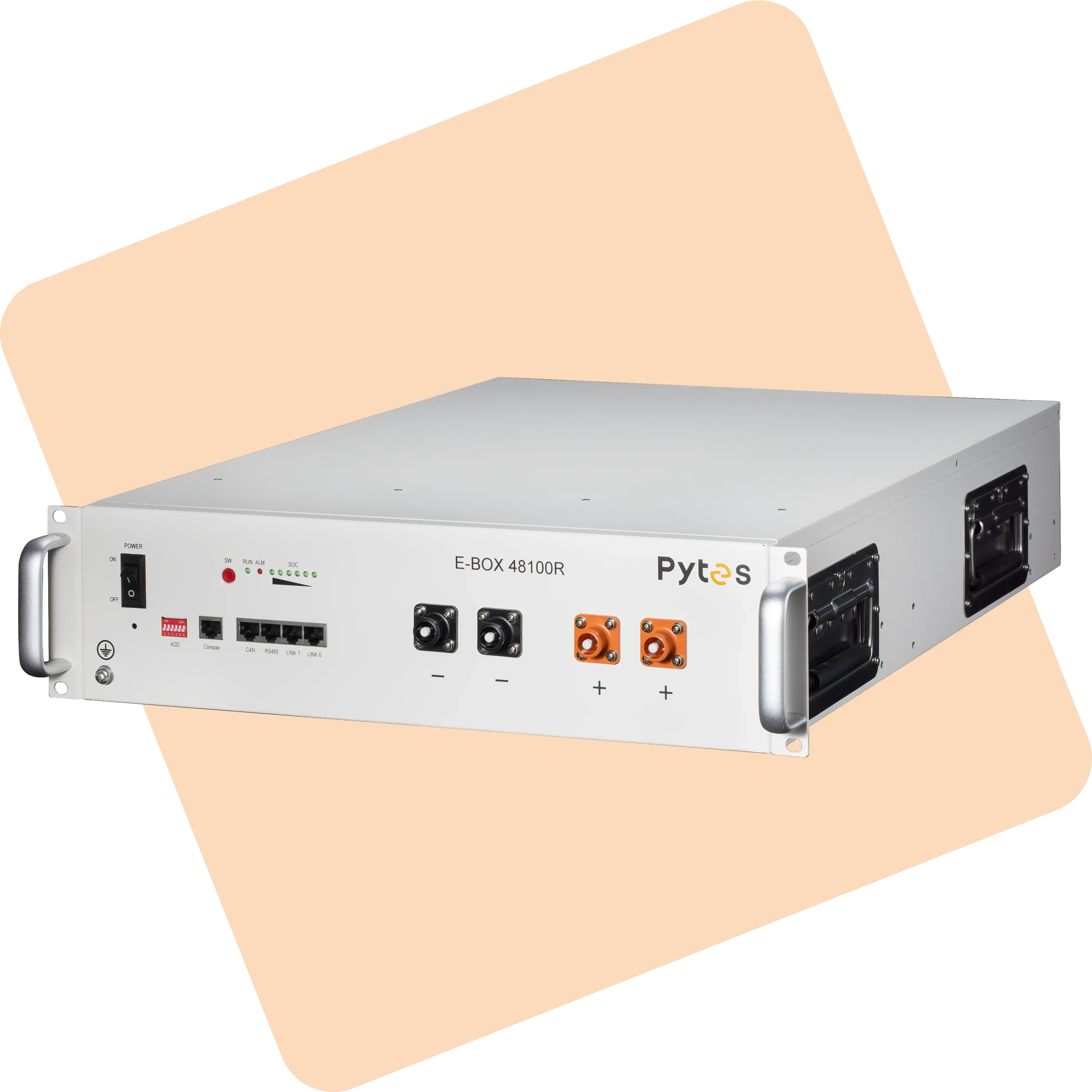
In the field of communications, there is a "very important" but "less conspicuous" part, which is the battery business that provides backup power for the majority of operators. After years of development, the current battery technology used in the communications field not only includes the traditional Lead-Acid Battery technology but also includes lithium-ion batteries, fuel cells, liquid flow batteries, and other new technologies, LFP Battery is one of them.

Communication backup power supply is very important to the communication industry, which is assembled in the form of battery cabinets inside each base station room to provide power in case of mains power interruption at the base station to ensure the normal work of the base station and smooth communication. It is understood that at present, most operators are still using Lead-Acid Battery, which has been used in the communications industry for nearly 25 years, and the drawbacks are becoming increasingly apparent, especially the high requirements for the environment of the server room, post-maintenance, etc. Pytes Company believes that with the continuous development of technology and cost reduction, there will be new technologies to replace Lead-Acid batteries. Therefore, in the future, operators will accept and use LFP batteries on a large scale in the field of communication power supply.
LFP Battery, which is popularly used in the communication field, adopts the patented technology of high-capacity, laminated, soft-package, liquid-poor lithium-ion battery. Compared with Lead-Acid Battery, LFP Battery communication power products have the advantages of small space occupation, high energy density, long cycle life, safety and reliability, and green environmental protection. Through this design, the battery becomes smaller and lighter, which can solve the problem of space and weight-bearing in the server room.
In addition, due to the variation of battery materials, it can be used as backup power in outdoor stations, where humidity and temperature have less influence on it and can adapt to more complex working environments. What's more, LFP Battery is more environmentally friendly than Lead-Acid Battery. LFP batteries can be customized according to the different needs of customers, assembling different cells into battery modules and then designing them into different backup power solutions, and then supplying backup power to base stations.
LFP Battery is more suitable to be configured as a backup power supply or integrated power supply, which can be conveniently hung on the wall of the building, installed on the roof of the building, and fixed on the electric wire and light pole. The built-in LiFePO4 battery is selected in the capacity range of 30AH~100AH according to different scenarios and power backup requirements. The product has stable and reliable performance with less than 10mS conversion time, long backup time, less than 40dB noise, more than 90% efficiency, normal use at 60 degrees, and more than 8 years of service life.
Although lithium iron phosphate batteries have entered the communications industry for a long time, but the operators have not been widely used to promote their application. Given that LFP Battery has a broad application prospect in the communications industry, in recent years, mobile, Unicom Telecom, and other major operators have established a variety of LFP Battery test sites under the preliminary demonstration of the Institute and battery manufacturers to explore the energy-saving and emission reduction benefits of lithium-ion batteries. Therefore, it is imperative to be familiar with the technical characteristics of LFP batteries and master the design and configuration principles of LFP batteries.
At this stage, most of the lithium batteries used in the field of communication backup power are LFP batteries, and a few of them are ternary lithium batteries. In terms of electrical performance, LFP Battery surpasses Lead-Acid Battery, and the flexible choice of LFP Battery and Li-ion battery will make the application of Li-ion backup power in the communication industry more extensive.